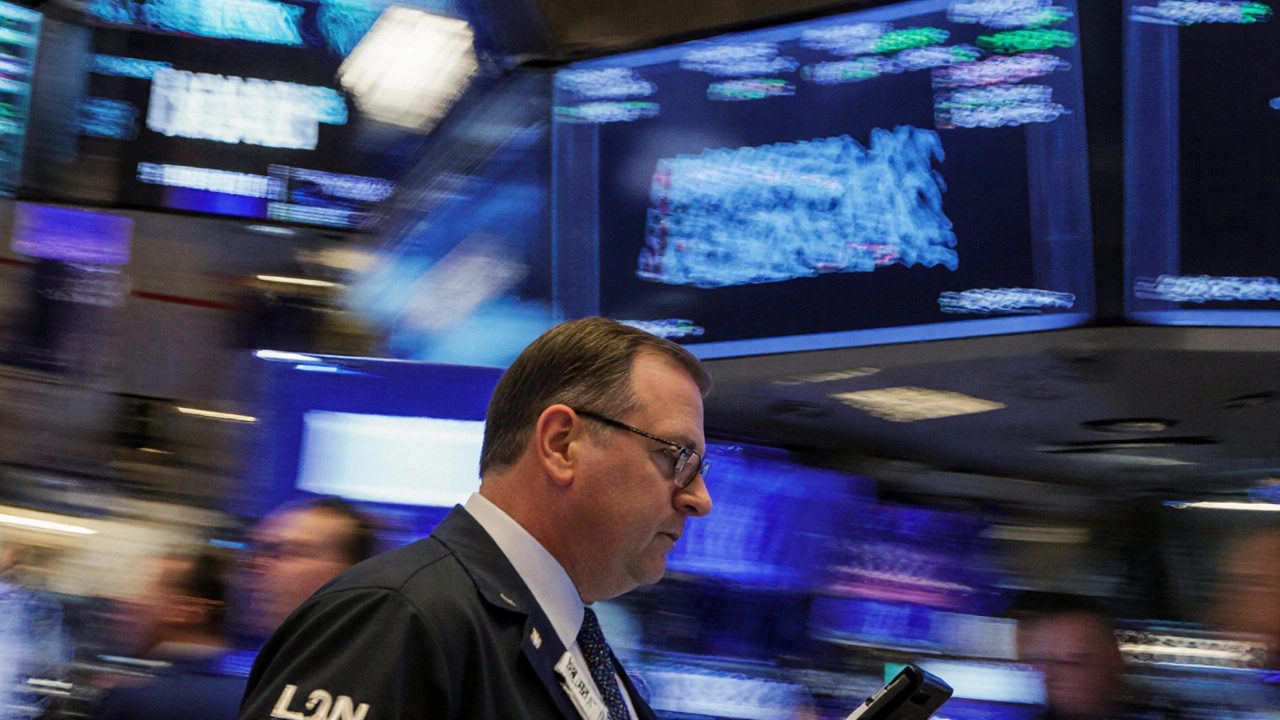Dollar News and Insights
When talking about dollar, the world’s leading reserve currency issued by the United States. Also known as USD, it powers most international transactions and sets the benchmark for many other currencies. Understanding how the dollar moves helps you make sense of price changes, travel costs and investment decisions.
Why the Dollar Matters
The dollar influences global trade, dictates the price of commodities like oil, and drives the performance of emerging market bonds. It requires constant monitoring because even a small shift can ripple through economies worldwide. For example, a 1% rise in the dollar often lowers the cost of imported goods in the U.S. but makes exports from other countries more expensive.
One of the most direct ways the dollar shows its power is through exchange rate, the price of one currency expressed in another. When the exchange rate moves, travelers feel it at the airport, businesses see it on their profit sheets, and investors watch it for arbitrage opportunities. The relationship between the dollar and exchange rates creates a feedback loop: strong dollar pushes rates down for foreign currencies, which in turn can affect the dollar’s own demand.
Another key player is inflation, the rate at which general price levels rise over time. Inflation often reacts to the dollar’s strength. A weaker dollar can import higher prices, stoking inflation, while a stronger dollar can help hold prices steady. Policymakers watch this link closely because controlling inflation is a top priority for central banks.
Trade deals add another layer of complexity. Large agreements, like the $1.2 trillion partnership signed between the U.S. and Qatar, hinge on dollar‑denominated terms. Such deals affect the flow of capital, the pricing of goods, and the stability of regional economies. When a deal is struck in dollars, both sides gain a common reference point, which reduces currency risk and simplifies financing.
Beyond these core concepts, the dollar also shapes the foreign exchange market, the global network where currencies are bought and sold. Traders on this market watch news headlines, economic data releases, and geopolitical events to predict the dollar’s next move. The market’s depth means that even niche news—like a name‑change request for a Kenyan certificate—can ripple through if it hints at broader economic shifts.
All of these pieces—exchange rates, inflation, trade deals and the forex market—are tightly linked. Understanding one helps you decode the others, and together they give you a clearer picture of why the dollar matters to you, whether you’re planning a vacation, budgeting for groceries, or managing a portfolio. Below you’ll find a curated list of recent stories that dive into each of these angles, from big‑ticket deals to on‑the‑ground impacts across Africa and beyond. Let’s explore how the dollar is shaping the headlines today.
U.S. equities slipped sharply as the dollar climbed to multi‑month highs and gold prices fell. Traders linked the moves to lingering doubts over the Federal Reserve's next rate decision. Sectors ranging from tech to energy felt the pressure, while analysts warned that volatility could stick around if the Fed's path remains unclear.
More
